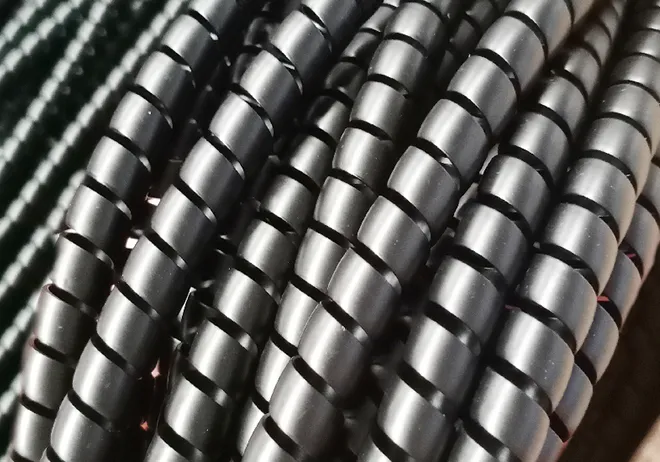Air Conditioning Hose Connectors and Fittings for Efficient Performance and Easy Installation
Understanding Air Conditioning Hose Fittings A Comprehensive Guide
Air conditioning systems are essential for maintaining comfort in various environments, from homes to vehicles and commercial spaces. One of the critical components of these systems is the air conditioning hose and its fittings. In this article, we will explore the different types of air conditioning hose fittings, their functions, and crucial considerations when selecting the right ones for your application.
What Are Air Conditioning Hose Fittings?
Air conditioning hose fittings are specialized connectors designed to join hoses to various components of an air conditioning system. They ensure a secure and leak-proof connection, allowing refrigerants to flow efficiently between the compressor, evaporator, condenser, and other system parts. These fittings are crucial for the system's overall performance, efficiency, and longevity.
Types of Air Conditioning Hose Fittings
1. Screw-Type Fittings These fittings utilize threads to create a secure connection. Screw-type fittings are commonly used in many air conditioning applications because they provide a strong bond that can withstand high pressure. They often come in different sizes and materials, such as aluminum or brass.
2. Quick Disconnect Fittings Quick disconnect fittings are designed for easy removal and connection of hoses without the need for tools. They are ideal for systems that require frequent maintenance or service. When disconnected, these fittings minimize refrigerant loss, contributing to environmental safety.
3. Barbed Fittings Barbed fittings have ridges that grip the inside of the hose, providing a tight seal. They are often used with rubber or flexible hoses and are suitable for low-pressure applications. Proper hose clamping is essential to prevent leaks with barbed fittings.
4. Flared Fittings Flared fittings feature a flared end that creates a tight seal against the corresponding connector. This type of fitting is often used when high pressure is involved, making them ideal for refrigerant lines in air conditioning systems.
5. O-Ring Fittings O-ring fittings use rubber O-rings to ensure a tight seal. They are easy to install and remove, making them a popular choice for many air conditioning applications. O-ring fittings are particularly effective in preventing leaks.
air con hose fittings

Key Considerations When Choosing Air Conditioning Hose Fittings
When selecting air conditioning hose fittings, several factors must be taken into account
- Material Hose fittings are made from various materials, including brass, aluminum, and plastic. The material chosen should be compatible with the refrigerant used in the system to prevent chemical reactions that could lead to leaks or system failure.
- Size Compatibility Ensure that the fittings match the diameter of the hoses and components in your air conditioning system. Mismatched sizes can lead to poor connections and increased risk of system failure.
- Pressure Rating Each fitting has a specified pressure rating. It is crucial to choose fittings that can withstand the pressure of the system to which they will be connected. Using fittings rated for lower pressure than your system operates can result in catastrophic failures.
- Temperature Tolerance Consider the temperature range in which the fittings will operate. Different materials and designs may have varying tolerances to heat or cold, which can impact their performance.
- Ease of Installation Depending on the complexity of the air conditioning system, some fittings may be easier to install than others. Quick disconnect fittings can simplify installations and maintenance, while screw-type fittings may require more effort.
Conclusion
Air conditioning hose fittings are an integral part of an efficient and reliable cooling system. Understanding the various types of fittings available and the critical factors to consider when selecting them can make a significant difference in the performance and longevity of an air conditioning system. By choosing the right fittings, you ensure that your system operates efficiently, minimizes leaks, and contributes to a comfortable and safe environment. Regular maintenance checks and timely replacements of worn or damaged fittings can further enhance the efficiency of your air conditioning system, ensuring it provides the comfort you need for years to come.
-
Ultimate Spiral Protection for Hoses & CablesNewsJun.26,2025
-
The Ultimate Quick-Connect Solutions for Every NeedNewsJun.26,2025
-
SAE J1401 Brake Hose: Reliable Choice for Safe BrakingNewsJun.26,2025
-
Reliable J2064 A/C Hoses for Real-World Cooling NeedsNewsJun.26,2025
-
Heavy-Duty Sewer Jetting Hoses Built to LastNewsJun.26,2025
-
Fix Power Steering Tube Leaks Fast – Durable & Affordable SolutionNewsJun.26,2025

